Paris, the city of love and light, beckons you year-round with its timeless charm and mesmerizing beauty. There is no “bad” time to visit this enchanting destination, but if you seek to escape the crowds, snag some deals, or savor the ideal weather, you’re in the right place. This guide will unravel the secrets of the best time to experience Paris’s magic – month by month. Join us on this journey as we explore the city’s distinct seasons, revealing the hidden gems, the cultural tapestry, and the pulse of the French capital.
Best Time to Visit Paris
The truth is, there’s no single worst time or month to visit Paris. Instead, the perfect time to experience this enchanting city depends largely on your personal preferences. Let’s take a closer look at the different seasons Paris unveils, making it simpler for you to choose the one that aligns with your desires.
- High Season: June to August and late December
- Shoulder Seasons: April to May and September to November
- Low Season: Early December and January to April
Each season offers a unique Parisian experience, and your choice will depend on your preferences, be it mingling with summer crowds or savoring moments of solitude amidst winter’s enchanting frost.
Weather in Paris: Choosing the Best Time to Visit
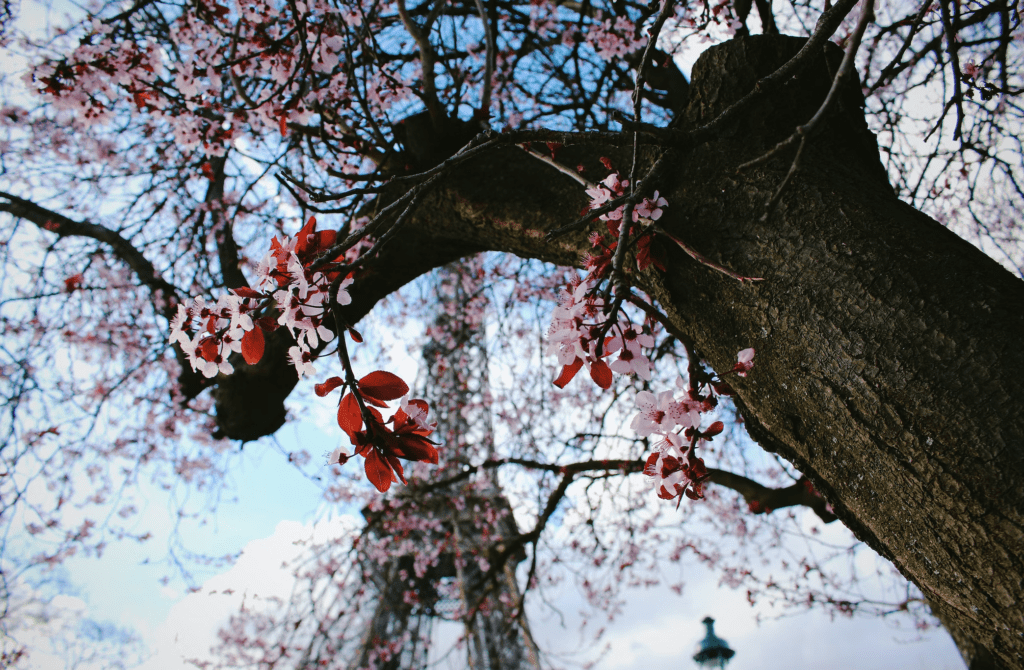
Understanding Paris means understanding its climate, which plays a significant role in shaping the city’s character. The weather in Paris can dramatically vary from season to season, adding to its charm and providing unique experiences. Let’s explore each season and its distinct climate:
- March-May (39-66°F): Spring brings a cool and pleasant climate, with temperatures ranging from 4-19 degrees Celsius. The city bursts with colorful blooms.
- June-August (55-75°F): Summer welcomes warmth and pleasant weather, with temperatures spanning from 13-24 degrees Celsius.
- September-November (41-69°F): Autumn introduces cooler temperatures with moderate rainfall, offering a climate range of 5-21 degrees Celsius.
- December-February (36-46°F): Winter cloaks the city in cold, occasionally accompanied by a touch of snow. Temperatures can dip as low as 2-8 degrees Celsius.
Best Time to Visit Paris for Good Weather
- Summer in Paris is about enjoying extended daylight and sunny weather.
- Paris lacks abundant air conditioning, so be prepared for warm temperatures.
- Spring in April and May offers pleasant weather without the summer crowds.
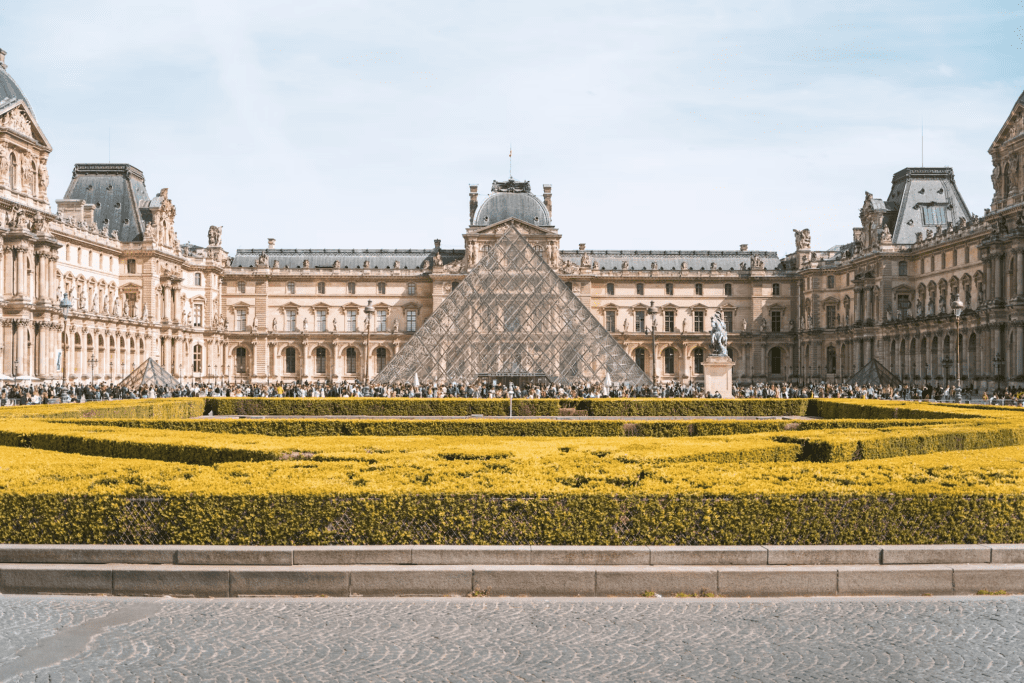
The summer season in Paris is all about embracing long, sun-soaked days and pleasant weather. From the iconic Sacré-Cœur to the opulent Versailles, the city basks in the warmth of the sun. However, it’s important to note that Paris isn’t famous for abundant air conditioning. While typical temperatures in summer range from 24-29 degrees Celsius (75-84 degrees Fahrenheit), heatwaves can occasionally push the mercury into the 29-35 degrees Celsius (85-95 degrees Fahrenheit) range.
Best Time to Visit Paris to Avoid Crowd
- For a quieter experience, visit between October and April, avoiding the December holiday season.
- Early October and April offer pleasant weather for outdoor activities.
- To avoid crowds, explore popular attractions on weekday mornings and use skip-the-line tickets.
Paris welcomes over 35 million visitors annually, with the majority gracing its streets from May to September. July, in particular, buzzes with activity. But if you’re eager to explore Paris without the crowds, we suggest a different approach.

For a quieter rendezvous with the city, consider visiting between October and April, excluding the bustling holiday season in December. Early October and April offer pleasant temperatures, still ideal for outdoor cafe indulgence. To experience Paris with fewer fellow travelers, visit popular attractions on weekday mornings, dodge the major tour groups, and opt for skip-the-line tickets. After all, Paris is best savored on foot.
Don’t Miss The Best Tours in Paris
Best Time to Visit Paris for Lower Prices: Cheapest Months
- The off-season, from December (except the Christmas season) to February, is ideal for budget travelers.
For the frugal traveler, the off-season beckons. Winter, from early December to February, with temperatures in the 30s and 40s (1-9 degrees Celsius), is your ticket to Paris at a discount. You’ll save on flights, public transportation, attractions, and accommodations. The Eiffel Tower, adorned with a winter’s touch, reveals a magical facet of the city.
Worried about snow? Fear not; Paris experiences occasional dustings but not harsh winters, making it an accessible and affordable option. While the low season might entail fewer tours and closed businesses, the serenity, lower prices, and charm of an uncrowded Paris compensate handsomely.
Best Time to Visit Paris for Museums
- Most museums in Paris stay open year-round, with a few holiday exceptions.
Art aficionados, take note – Paris unveils its art treasures best between September and May. During summer, many art galleries restrict their hours, except for the captivating “Nuits Blanches,” where art installations stay open all night, now occurring in early June.
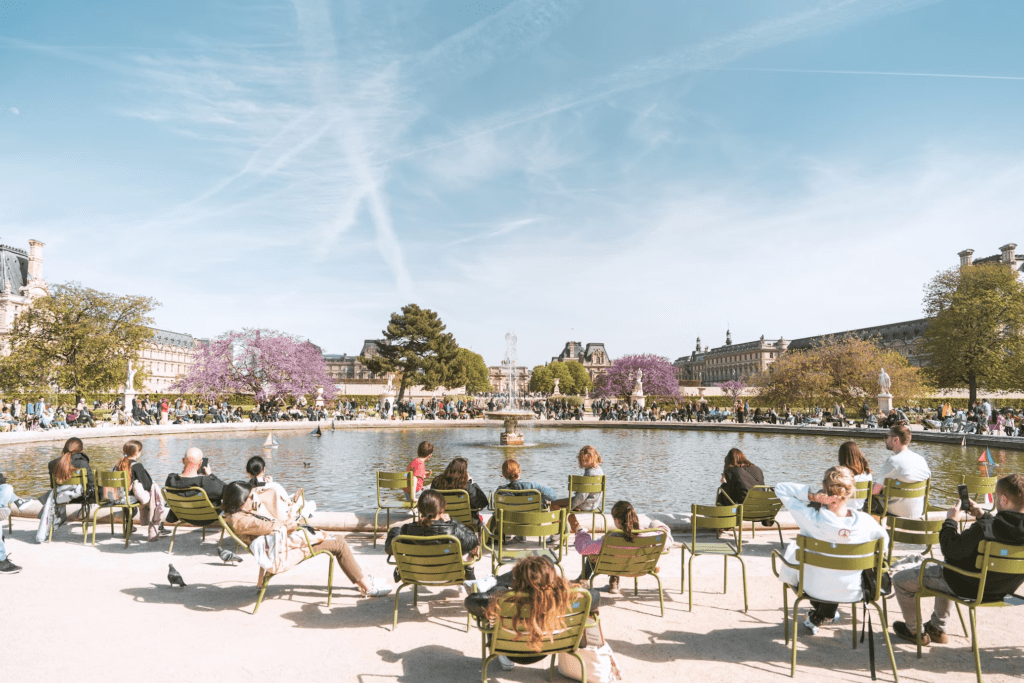
Museums in Paris usually stay open year-round, with a few exceptions on holidays like Christmas, Bastille Day (July 14), and New Year’s Day.
Paris by Month: Choose the Best Time to Visit
January: Paris in Winter
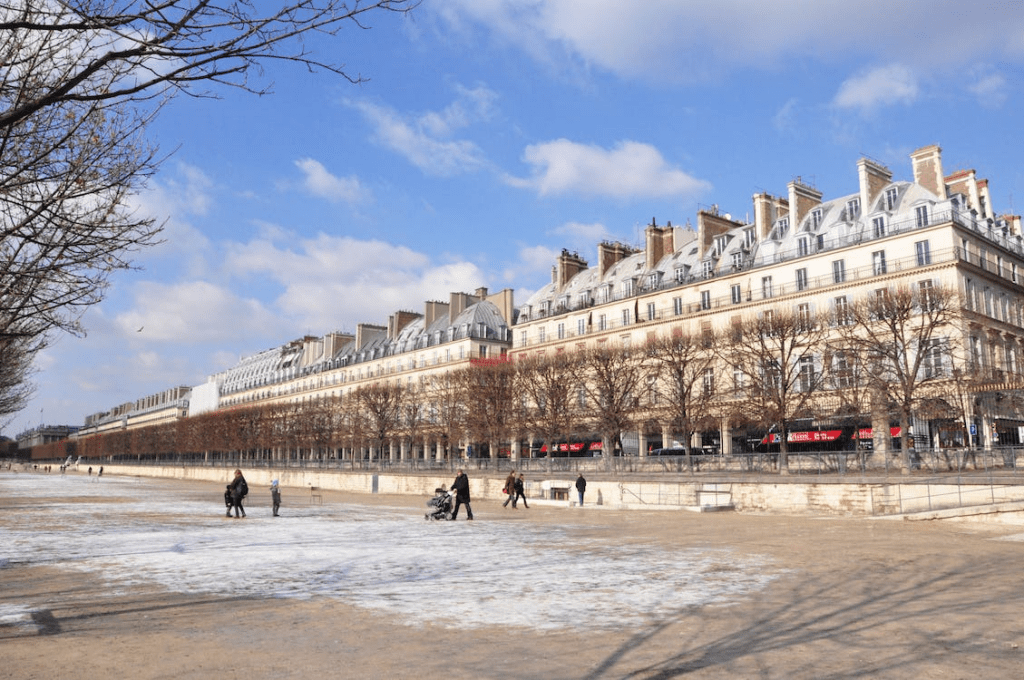
January in Paris can be quite chilly, with temperatures ranging from 2-8 degrees Celsius (36-46 degrees Fahrenheit). While it might not be the most festive time, the winter “soldes” (sales) offer an excellent shopping opportunity. The city’s theaters and dance performances are in full swing, providing a cultural backdrop.
February: Romantic Getaway
February remains chilly, with temperatures around 3-10 degrees Celsius (37-50 degrees Fahrenheit). It’s a perfect time for a romantic getaway, with Valentine’s Day drawing couples to the city. Most restaurants offer special menus for this romantic occasion.
March: Blooms and Festivals
In March, temperatures range from 4-13 degrees Celsius (39-55 degrees Fahrenheit). As the city warms up, you’ll witness blooms in Paris’ parks, green leaves on the city’s avenues, and the beginning of various festivals and events. Keep in mind that the weather remains variable, so packing rain gear is advisable.

April: Springtime in Paris
April brings slightly milder temperatures, ranging from 6-16 degrees Celsius (43-61 degrees Fahrenheit). This is when the city’s “charm of spring” is in full swing. Chestnut trees blossom, and cafe terraces become inviting. Additionally, April often includes Easter celebrations.
May: Temperate Tranquility
May offers temperate weather, with temperatures ranging from 8-18 degrees Celsius (46-64 degrees Fahrenheit). This month boasts more public holidays in France than any other, making it a peak time for domestic travel. However, be aware of widespread closures, particularly on May Day (1 May).
June: A Vibrant Summer Prelude
June ushers in warmer temperatures, with a range of 13-24 degrees Celsius (55-75 degrees Fahrenheit). The city comes alive with various outdoor events and longer daylight hours, allowing you to enjoy late evenings in the magic of Paris.
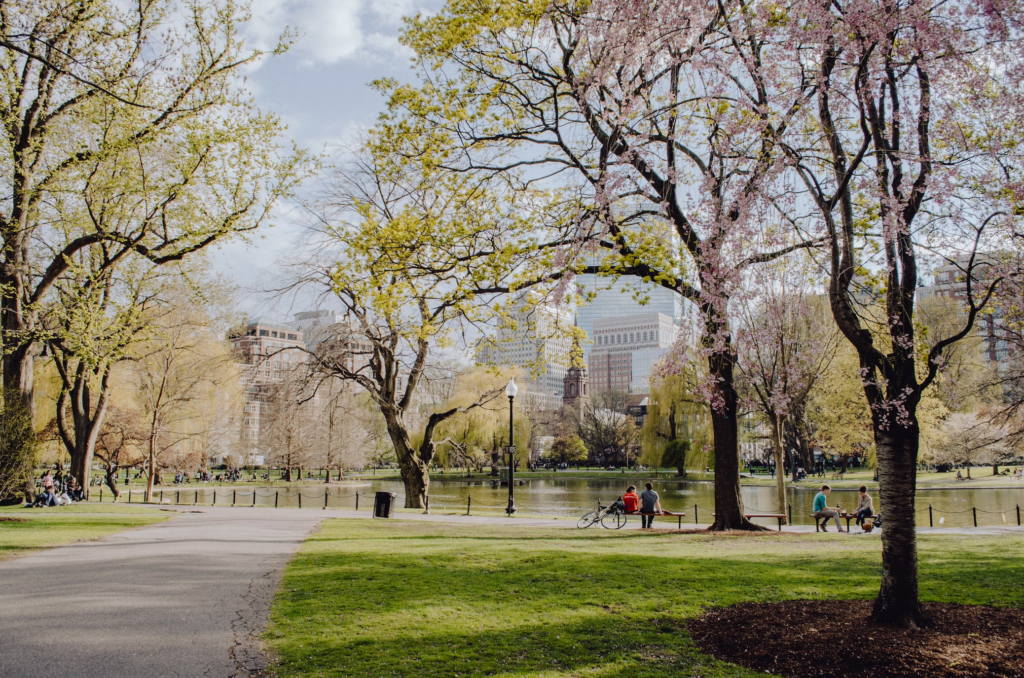
July: Peak Parisian Summer
July experiences some of the hottest temperatures, with a range of 16-28 degrees Celsius (61-82 degrees Fahrenheit). It’s the heart of Parisian summer, and “beaches” along the Seine and summer sales add to the excitement. However, expect intense heat and crowds.
August: A Quieter Summer Interlude
August sees warm temperatures, ranging from 16-28 degrees Celsius (61-82 degrees Fahrenheit). Parisians often leave the city during this time, leading to restaurant and shop closures. However, it’s an excellent time for cycling due to lighter traffic.
September: Return of Parisians
September marks the return of Parisians, and temperatures range from 13-24 degrees Celsius (55-75 degrees Fahrenheit). It’s a pleasant time to visit as cultural life resumes, and the weather often features blue skies.
October: Autumnal Kaleidoscope

October brings the beauty of autumn with temperatures ranging from 10-19 degrees Celsius (50-66 degrees Fahrenheit). The city’s parks and gardens display an array of autumn colors, and crisp days make it a delightful time to explore.
November: Cozy Indoors
November sees temperatures between 6-13 degrees Celsius (43-55 degrees Fahrenheit). The dark, chilly days encourage Parisians and visitors to seek indoor activities, such as attending opera and ballet performances or enjoying the warmth of cozy bistros and bars.

December: A Festive Wonderland
December embraces the holiday spirit, with temperatures ranging from 2-8 degrees Celsius (36-46 degrees Fahrenheit). The city adorns itself with twinkling lights, beautifully decorated Christmas trees, festive shop windows, and enchanting outdoor ice-skating rinks. It’s a wondrous time to experience the magic of the City of Light.
Conclusion
To be honest, the question isn’t about the best or worst time to visit Paris, but rather, the right time for you, based on your preferences and priorities. Paris welcomes travelers throughout the year, and each season unfolds a unique charm, ensuring there’s something for everyone.
Don’t Miss The Best Tours in Paris
